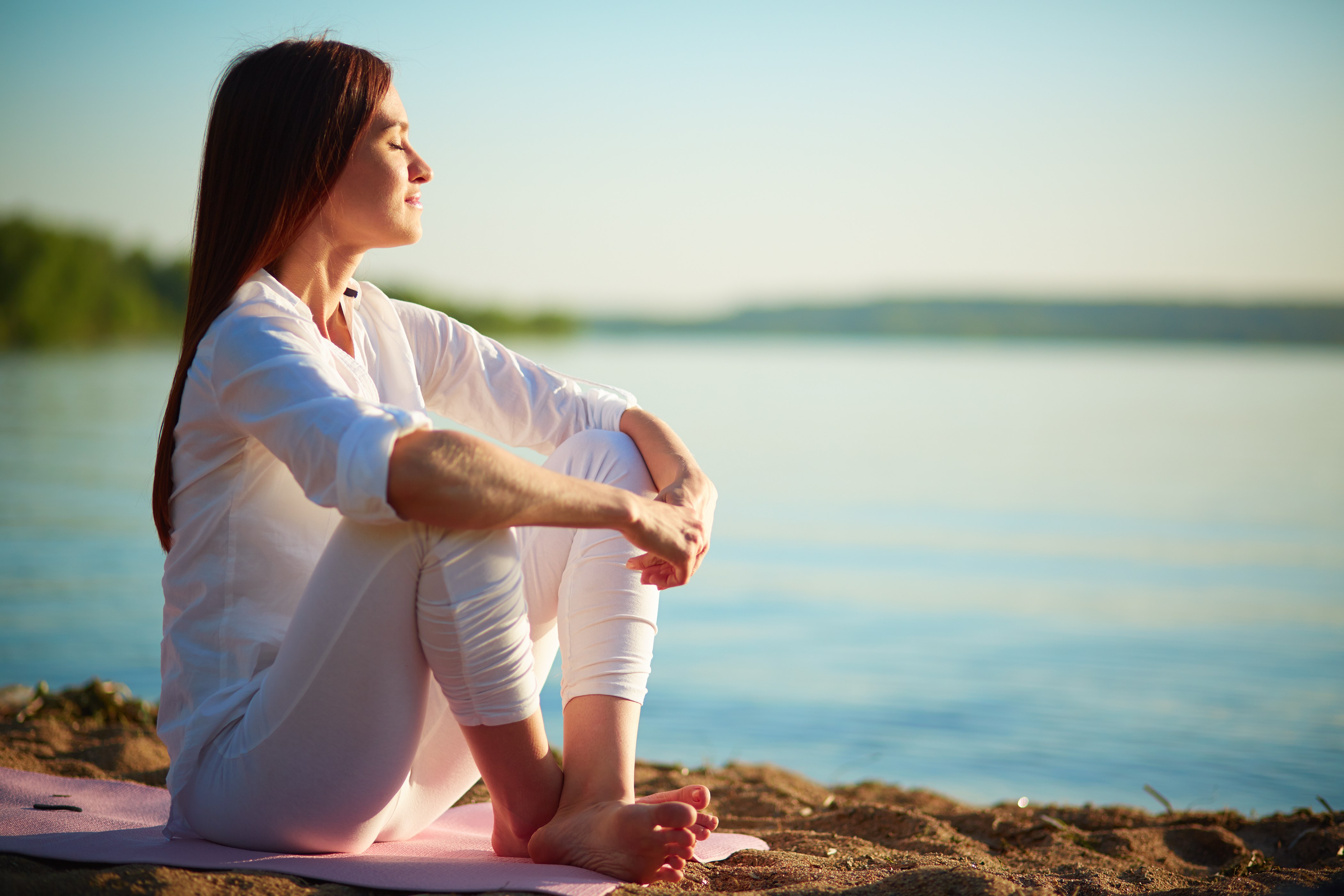When we realize we have the freedom to make decisions that shape our lives, including how we manage our time, it becomes easier to accept responsibility for our choices
BLOG
The Five Pillars of Our Identity

Ida Protuger
RELATED
Does the flat organizational structure offer greater well-being?
We live in a time of intense change, where artificial intelligence and technological advancements are transforming the world overnight. This new reality is referred to as a BANI world, characterized as: Brittle Anxious Nonlinear Incomprehensible The BANI world...
Emotions and Leadership: Don’t suppress – learn how to express
Leaders are often burdened with negative emotions and unmet needs, just like everyone else. By mastering EI, particularly emotional regulation, leaders can promote a thriving, results-driven corporate culture.
Who am I? This is both the simplest and the most complex question that one can answer.
Am I a sexual being with a need for body contact, a partner for life, a parent to my children, a human who has knowledge and experience in certain profession, a child of my parents, a friend?
All these roles are part of one complex unity, that is, the collection of more “selfs” in one personality.

In the essay “Schopenhauer as a teacher” Friedrich Nietzsche says that most people fear the indi-vidualism, they are lazy to introspect themselves and are “hiding behind the manners and opinions”. Basically, every person knows that he/she is a unique creation but is afraid of one’s own authentici-ty and prefers to behave according to “the needs” of the herd.
What Nietzsche describes as a lack of courage for self-acceptance and tendency “to modelling” one’s own behavior, the psychology explains as the basic human need for acceptance. Every role which constitutes our identity (parent, partner, friend, professional) subconsciously or consciously takes into account “the picture” that others have for ourselves and our own need for acceptance.
Therefore, the identity is a complex “play” of the roles in different systems in which ”me” and ”the others” are in dynamic relation.
The first distinction between self and the others takes place in early childhood when a child takes part in many different systems, such as family, kindergarten, neighborhood, school. Then a child starts to develop consciousness about the dynamic relation between “giving” and “taking” which relies on satisfying the child’s need for acceptance and affirmation in the environment.
For example, a child’s first answer to the question: “Who are you?” is his name (self) and next is the first system in which it belongs and acts (family, school). Furthermore, the answers are enriched with “epithets” such as “I’m a good pupil” which means that the child starts to ”record” the reactions and the models of behavior that ensure good acceptance within the system. As the personality fur-ther develops, the questions concerning the identity become more complex because the systems in which a person acts are multiplying.

The German psychologist Hilarion Petzold has developed a model of integrative psychology which is called “The Five Pillars of Identity”. The model is illustrated as a roof which stands on five pillars: our body, our social environment, our job, our material stability and our values.
1. The body is a biological system with which life begins and ends. It is a system that contains all our thoughts, health, physical potential, weaknesses and advantages. Our abilities heavily de-pend on our body and our health. Accordingly, any bodily injuries or changes which result in loss of abilities, of course lead to an identity crisis.
2. The social environment is the second pillar of identity which includes all the people who matter to us in our environment. That is the social context which depicts our roles (as a partner, as a friend, as a spouse, as a parent, as a child etc.). The loss of a close person or having bad rela-tions with the people who matter to us can also easily lead to an identity crisis.
3. Our work, achievements, and leisure time constitute the third pillar of our identity. If we consider the time-frame of our ability to work, our “professional self” occupies two-thirds of our lives. Los-ing a job or working abilities can easily harm the identity and lead to a serious existential crisis.
4. Material safety, a person’s home and the goods that one possesses is the fourth pillar of identi-ty. Any changes in that part also lead to a crisis which can easily turn into existential crisis.
5. Our values, which constitute the fifth and in many cases the strongest pillar, is of major im-portance given that values which are internalized can be quite stable and have a tendency to last. Whenever other pillars are shaken or failed, this pillar can be the “integrative’’ component which” upholds” the personality. In many cases, it is the values that compensate the loss of other pillars. However, even though values have compensatory role when certain pillars are shaken, the effect may be regressive in some cases. Such is the case when someone’s needs are suppressed by accepted moral norms. Such suppression can lead to psychosomatic disor-ders, suicide and so on.
A person invests different amounts of energy in each of the “pillars” throughout various periods in life. For each person they have individual meaning. For example, if a person invests most of the en-ergy in work (e.g. 70 % of his energy) and doesn’t have a partner or close relations with family members, situations such as losing one’s job, retirement or losing abilities needed to do the job, will lead to a crisis that will be exactly as big as the energy invested in that pillar.
The interventions, in terms of introspection or getting professional help, shall mean considering the options for compensation (in the social environment, the material safety or other resources). For example, if a person loses his job and this situation concerns the material safety, and at the same time the experienced stress affects also the relation with the partner, the three pillars of the identity of that person will be shaken or broken.
In that case, the required “homework” or professional help will focus on strengthening the other pil-lars in order to stabilize the identity (for example, focus on people from the social environment who can provide support, focus on values etc.)
The bigger the balance of invested energy, the bigger are the chances for faster compensation.
Maintaining harmony and balance of our numerous roles (selves) and” pillars” of our identity, is in-deed a great challenge. We do not live under controlled laboratory conditions. Life is very dynamic and unpredictable. What matters is that one is aware of all the resources at disposal which can be used to tackle the stressful situations and that we all possess our own energy and freedom to choose where and how much we will invest it.
